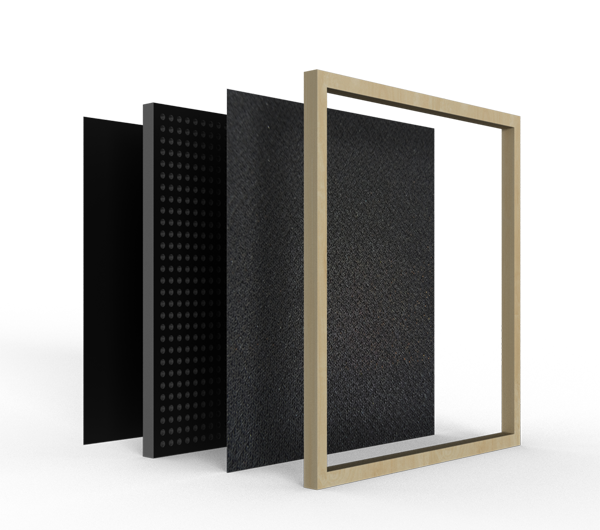
The term soundproofing boards makes no sense from an acoustical perspective. Let’s examine each word closely. First, there is no such thing as soundproofing. Nothing with noise is ever proof. Noise transmission is managed through a process. With noise there are no absolutes. The goal with noise is mitigation. The goal is to lower the impact of noise so it is at a lower level than the surrounding noise. The term board means nothing. All material types have their place within noise transmission design. There is no one product type that is labeled a soundproof board that will work for all noise applications. Noise is composed of frequencies and amplitudes. In order to use “soundproofing boards” or whatever marketing gimmick companies use to attract the uniformed.
https://www.merriam-webster.com/dictionary/sound%20barrier
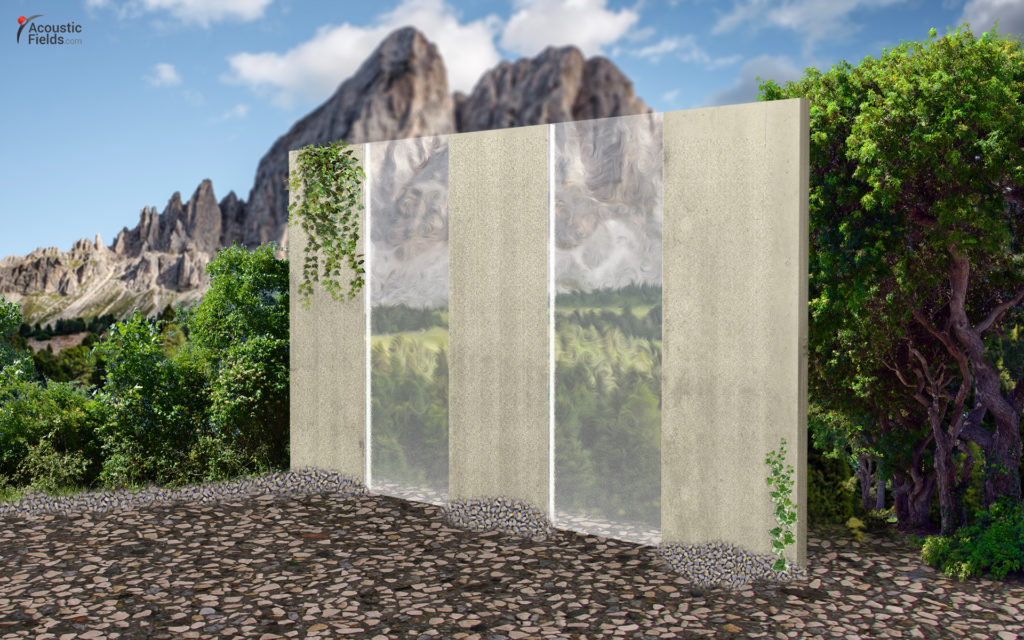
In order to treat noise transmission, one must first measure the noise. Noise must be measured using the old carpentry adage of measure twice cut once. With noise everything is a battle. You must first measure the enemy so you know how strong you must your fort to keep the noise from getting in. Noise must be quantified and qualified. Noise must be measured over a seven day time frame. What we want to see is how the noise moves on each day. Some days might be noisier than other days. Some days may have more low-frequency noise transmission than other days. Lower frequency noise is the hardest of all noise to mitigate and the most costly. When you take measurements over seven days you get a pressure map that you can look at each day. When building the barrier you will design for the maximum pressure at each frequency.
https://www.techopedia.com/definition/2025/noise
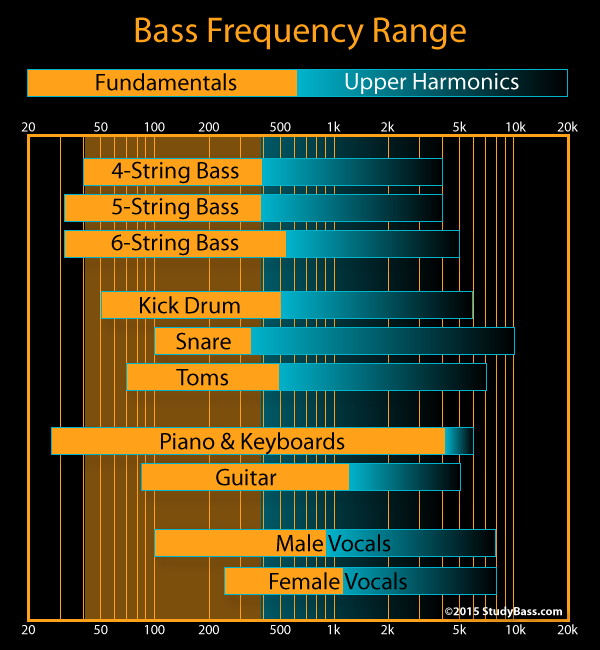
Frequencies below 125 hz. will take a different barrier than frequencies above 125 hz. The garbage truck noise will take a different barrier type than the neighbors TV noise. This is why we must measure with noise. Guessing with noise is a fool’s game and 95% of people guess wrong. When you guess wrong you build something that won’t work. In order to fix the costly mistake, you will have to tear out what you built and start over. You must measure with noise because you do not want to spend one dollar more than you have to with noise transmission issues. The barrier you will build will be a permanent construction solution. There is no wall hanging panel that will stop noise transmission since noise transmission is vibrational acoustics which is completely different from absorption or diffusion which are technologies that are used to treat the airborne energy within rooms.
https://www.acousticfields.com/product/acoustic-panels/
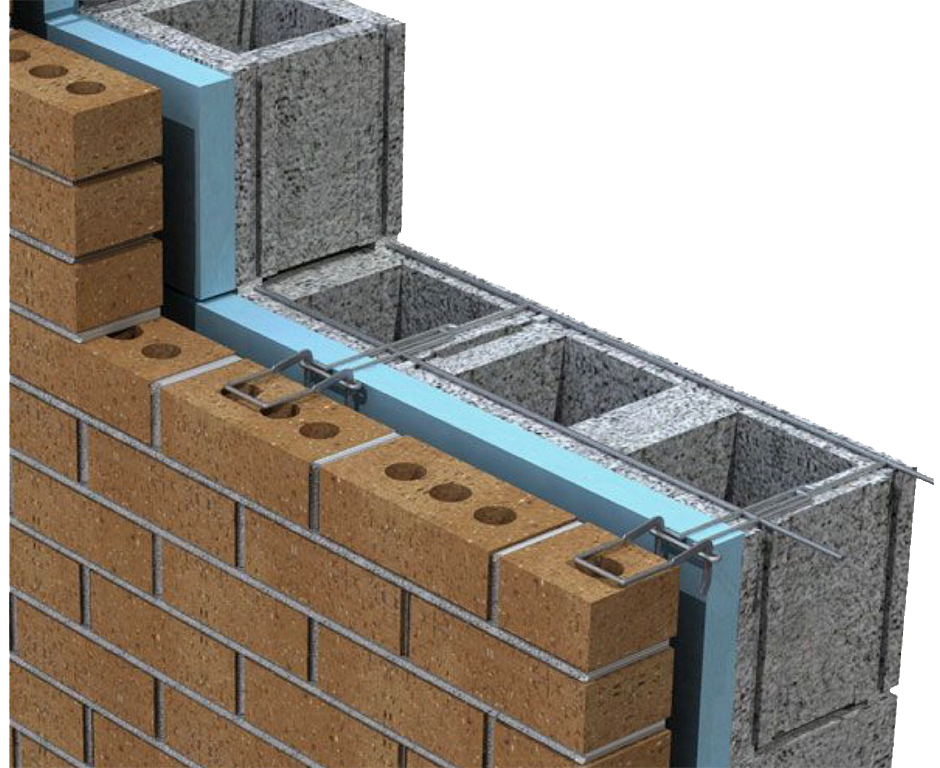
Noise transmission is vibrational acoustics. The energy inside your room is airborne energy. These are two different issues that require two different treatment types. When airborne energy strikes a solid surface it becomes vibrational energy. The goal with the barrier to stop the noise transmission is to reduce the vibrational signature as the energy moves through the structure. There is no soundproofing board that will do this. The vibrational energy must be treated with the proper material types to minimize the vibrations of the noise frequencies. There is no such thing as a soundproofing board. All material types have their place in a barrier design. However, every material type used within your barrier is frequency and amplitude dependent. This is why you must measure the noise issue since the materials you will use to stop the noise are all dependent on the frequency and amplitude of your noise.
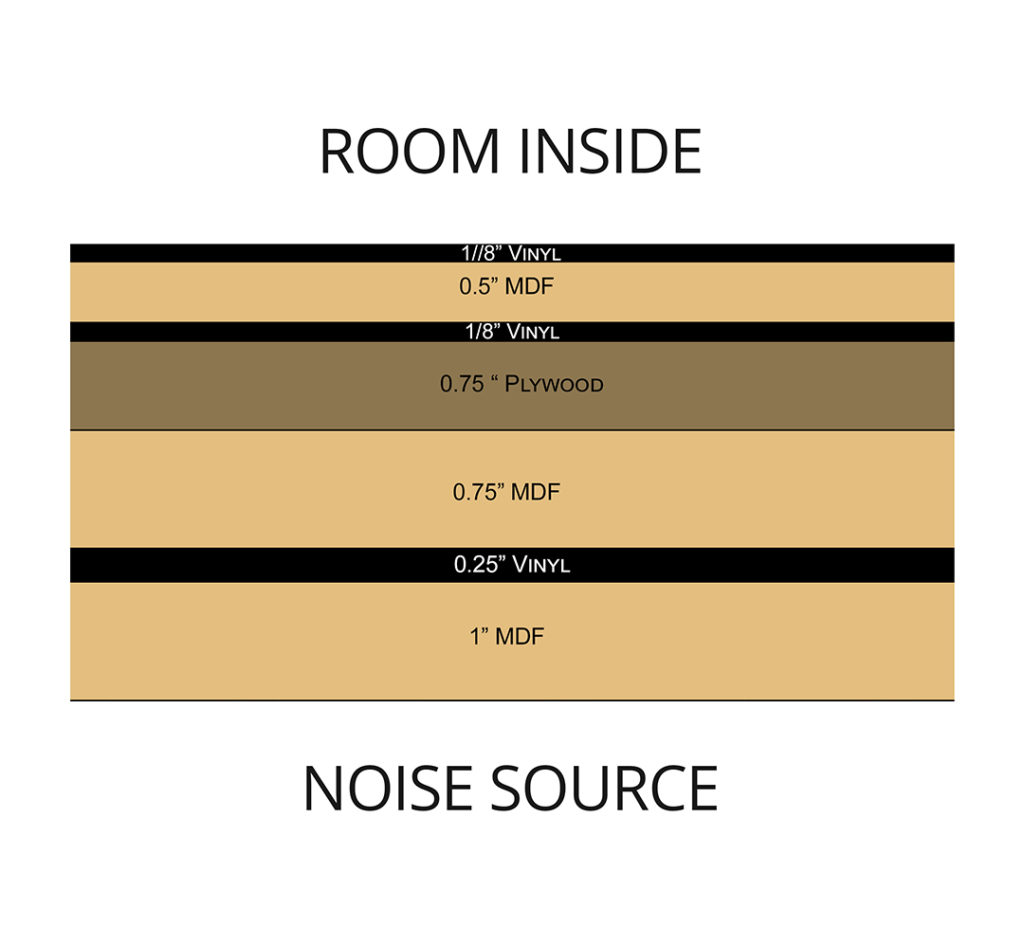
We have a process at Acoustic Fields where we send you specific apps that are designed to measure noise. You download the apps to your phone. Once installed you will take the noise measurements using your phone. You will take 2-3 measurements over a seven day time frame. With this approach, we are able to create a pressure map that will show what frequency is producing the largest issue and on which day the larger noise issue appears. You take the measurements and then record the numbers on our online form. You send the form to us and we compare your noise issues to over 275 rooms that we have built and measured. We then will design the proper barrier to build to mitigate your specific measured noise numbers. We will send you a drawing showing what materials to use and how to arrange those materials within the barrier to deal with the maximum pressures and frequencies your noise numbers indicate.







